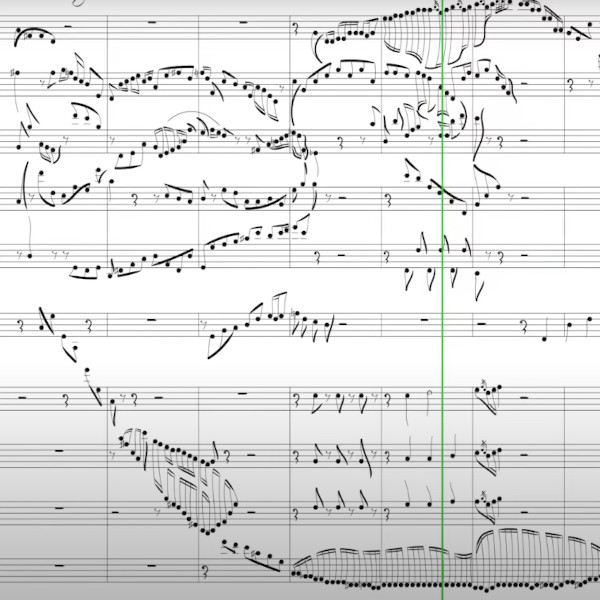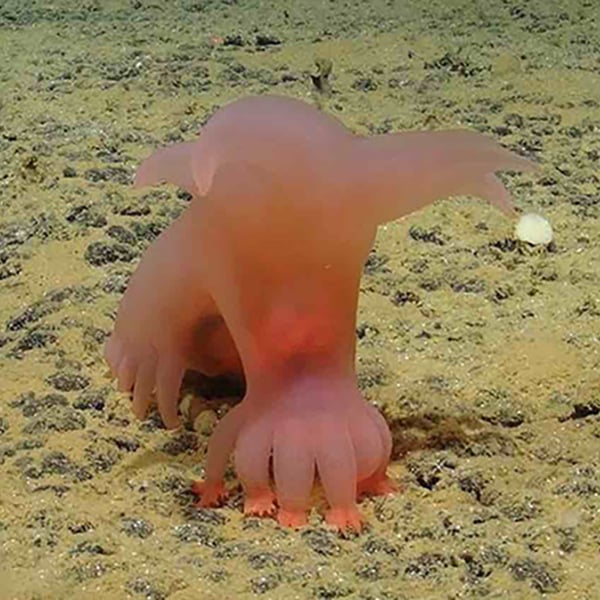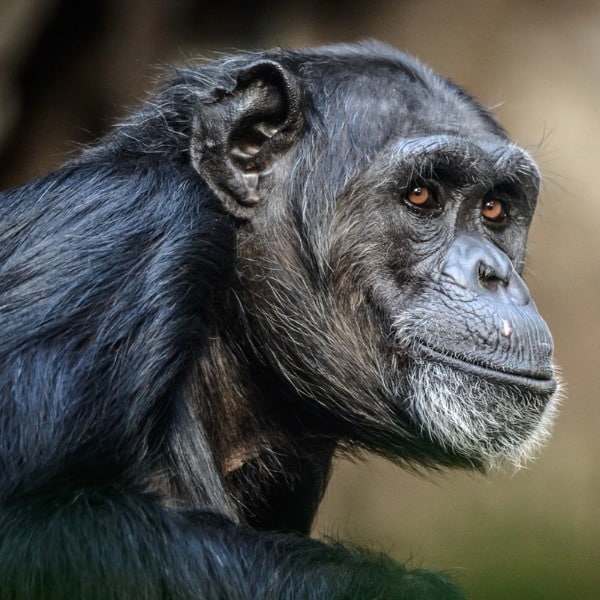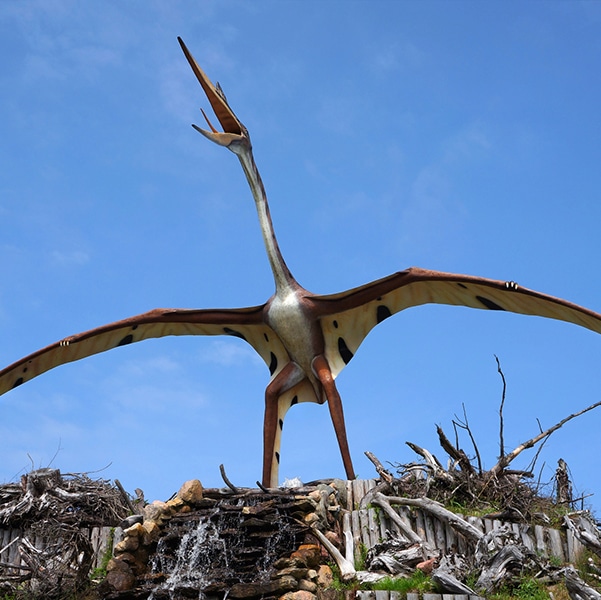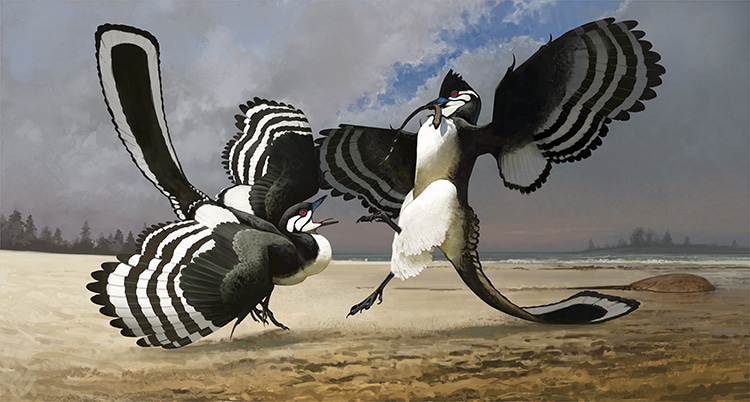
Illustration of Archaeopteryx (Photo: Ville Sinkonnen © Field Museum)
One of the best specimens of the Archaeopteryx is now on display at Chicago's Field Museum. The discovery of the first Archaeopteryx fossil in 1861 was integral in confirming Darwin's theory of evolution, as it helped prove that birds are the closest living relatives to dinosaurs. No other museum in a major city in the Western hemisphere has an Archaeopteryx, a dinosaur that roamed what is now Europe, making this a unique opportunity for American science lovers.
It might seem strange that baby ducklings are related to T. Rex, but Archaeopteryx helped scientists understand this leap, as the creature marks a key evolutionary step.
“Archaeopteryx is arguably the most important fossil ever discovered,” shares Field Museum CEO and President Dr. Julian Siggers. “This is the Field Museum’s most significant fossil acquisition since SUE the T. rex, and we’re thrilled to be able to study ‘the Chicago Archaeopteryx’ and to share it with our visitors.”
While the Archaeopteryx (Greek for “ancient wing”) has a snout with sharp teeth, claws on its wings, and a long bony tail more evocative of dragons than a sparrow, it also shares defining features of birds. Firstly, the dinosaur is small in size. Chicago's specimen is about the size of a pigeon, but they could grow up to 20 inches long. It also has hollow bones, including a wishbone, and its feathers are asymmetrical.
Only a dozen other fossils of this late Jurassic critter have been discovered, all in Europe. Like most of those fossils, the Chicago specimen was found in Germany at the Solnhofen limestone deposit. Private fossil collectors first found it in 1990 and held onto it until the Field Museum was able to purchase it in 2022.
In a twist of good luck for scientists, when the museum received the fossil, it was still mostly encased in a layer of rock. The Field’s associate curator of fossil reptiles, Dr. Jingmai O’Connor, explains, “When a fossil is prepared for the commercial fossil industry, sometimes the physical beauty of the specimen is prioritized over the scientific details. But since the Field Museum’s fossil preparators Akiko Shinya and Connie Van Beek led the project, they preserved all sorts of fine details that are invaluable to scientists using this fossil for research.”
After 1300 hours of museum workers' efforts, the public can view the Archaeopteryx in a temporary exhibit that is open until June 7, 2024. If you can't visit our fossilized feathered friend soon, don't worry. Starting in September, it will be on permanent exhibition at the Field Museum.
The Archaeopteryx is a bird-like dinosaur that lived 150 million years ago in what is now Europe.
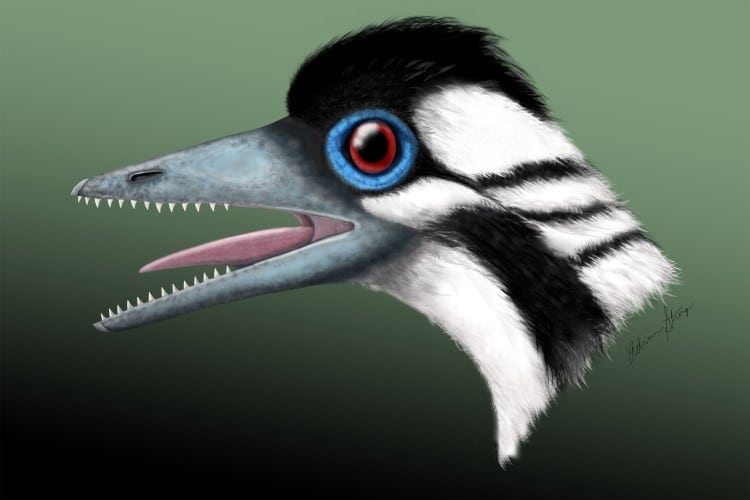
Photo: Adrienne Stroup © Field Museum
Chicago's Field Museum is the only museum in a major city in the Western Hemisphere to own one of its fossils.

Photo: Delaney Drummond © Field Museum
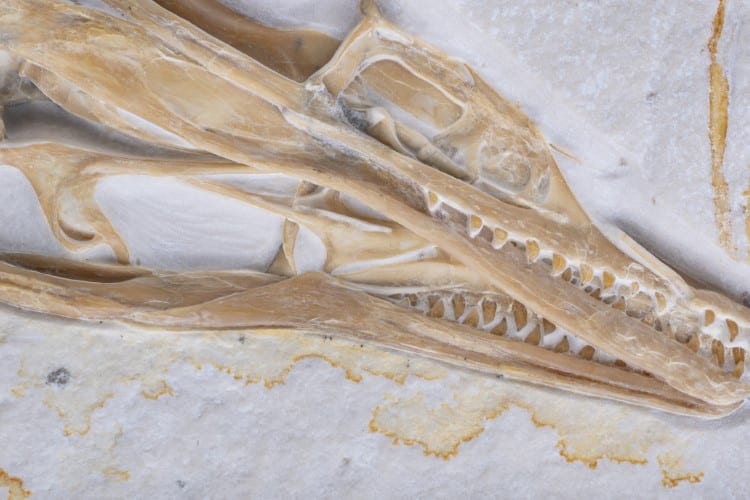
Photo: Delaney Drummond © Field Museum
After X-raying the stone slab it had received, the museum was thrilled to discover that the specimen was nearly 100% complete.
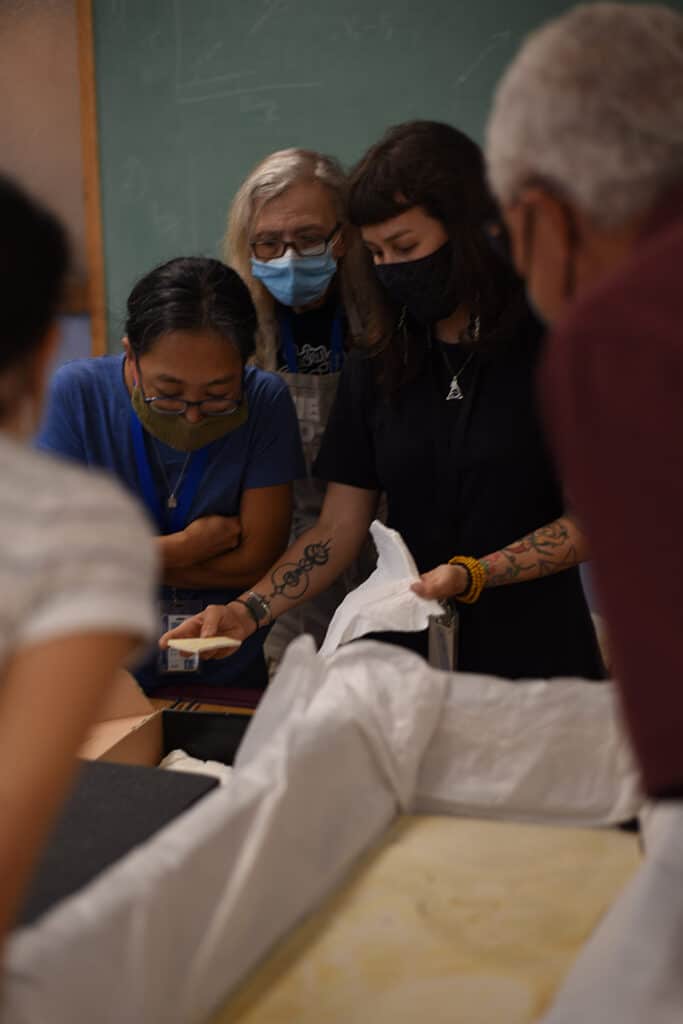
Field Museum staff, including assistant curator Jing Mai O'Conner, PhD., opening up the Archaeopteryx fossil they just received. (Photo:© Field Museum)
The dinosaur helps prove Darwin's theory of evolution and is now on display in the museum.
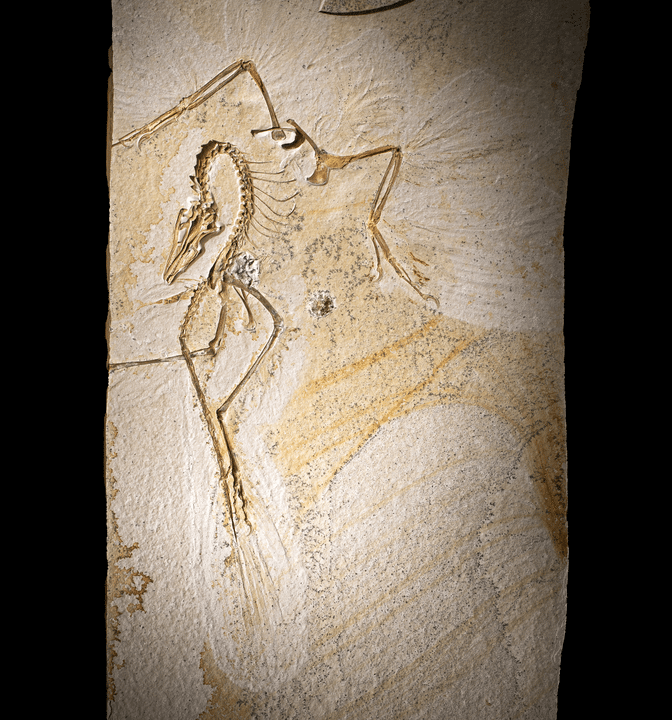
Archaeopteryx fossil slab (Photo: Delaney Drummond © Field Museum)
Field Museum: Website | Facebook | Instagram
h/t: [Smithsonian Magazine]
Related Articles:
New Dinosaur Fossil Has Shockingly Long Legs That Connect it to Ancient Bird Ancestors
Embroidery Excavations Celebrate the Fun of Dinosaur Fossil Discoveries
Amazing Fossil Find Shows a Non-Avian Dinosaur Sitting On Its Nest of Unhatched Eggs
Researchers Discover First Feathered Dinosaur Tail Preserved in Amber













































































